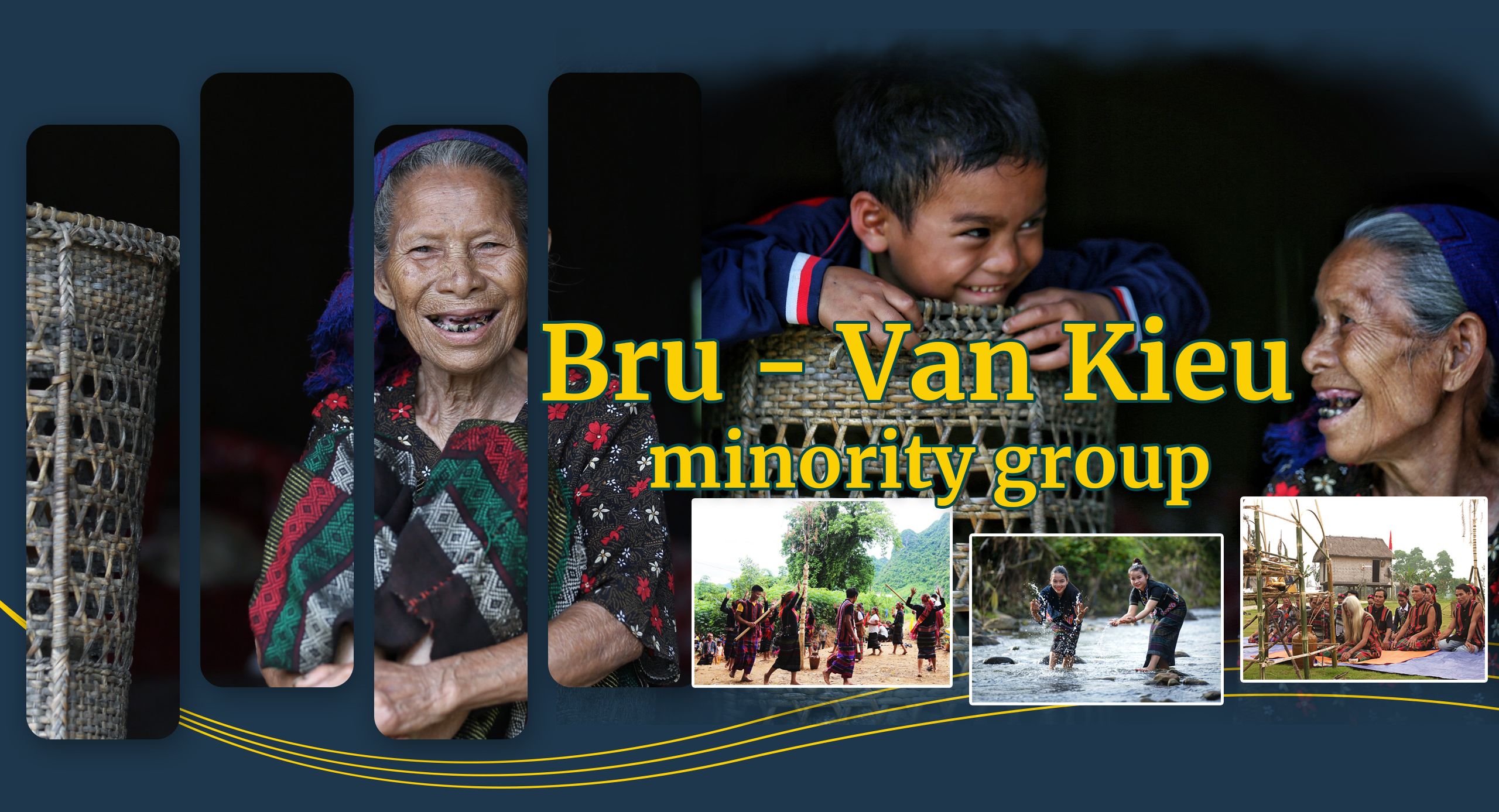
Other names: Bru, Van Kieu
Language: The Bru language is Bru, a subfamily of the Mon-Khmer group (Southern Asian language family), close to Ta Oi and Co Tu languages.
Residence: Bru-Van Kieu people reside in 39 out of 63 provinces and cities, but mainly in 3 provinces: Quang Tri, Quang Binh and Thua Thien Hue. In addition, there is a small number of the Bru-Van Kieu people currently residing in Dak Lak due to forced emigration by the US and the administration of Vietnam Republic in 1972.
History: Currently, there are two different opinions about the origin of the Bru-Van Kieu people, but most believe that these are indigenous people who have lived for a long time in the central Indochina region. After historical upheavals, they migrated to different places, including to the east, settling in western Quang Tri province, Vietnam.
Having lived for a long time in the majestic Truong Son Mountain range, the Bru-Van Kieu people have a very special spiritual life. One special thing is that most of the Van Kieu people in the north central region have adopted the surname Ho of President Ho Chi Minh as a common surname to show respect to Uncle Ho.
1. History
Currently, there are two different opinions about the origin of the Bru-Van Kieu people, but most of the opinions are that these are indigenous people who have lived for a long time in the Middle Indochina region. After historical upheavals, they migrated to different places, including to the east, settling in western Quang Tri province, Vietnam.
The Bru-Van Kieu tribe is also known as Bru, Van Kieu, divided into 5 local groups: Bru, Van Kieu, Mang Cong, Tri and Khua.
2. Geographical distribution
The Bru-Van Kieu people reside in 39 out of 63 provinces and cities, but mainly in 3 provinces: Quang Tri, Quang Binh and Thua Thien Hue. In addition, there is a small number of Bru-Van Kieu people currently residing in Dak Lak due to forced emigration by the US and the administration of Vietnam Republic in 1972.
3. Population, language
Population: According to the census on the 53 ethnic minorities as announced on April 1, 2019, the total population of Bru-Van Kieu people is 94,598. Of whom, 47,301 people are male and 47,297 are female; household size: 4.5 people/household; and 91.9% of the population lives in rural areas.
Language: The Bru language is Bru, a subfamily of the Mon-Khmer group (Southern Asian language family), close to Ta Oi and Co Tu languages.
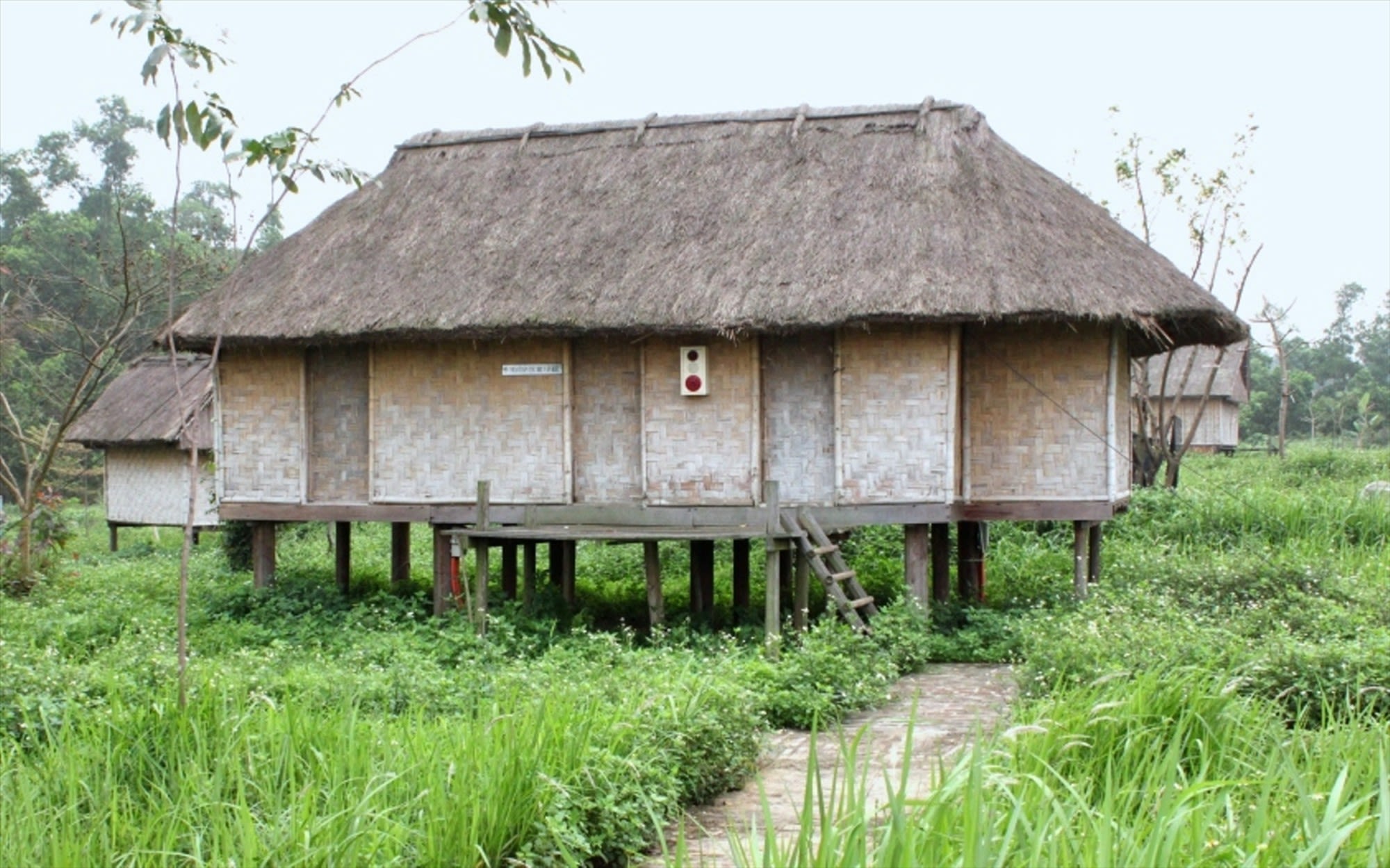
House of the Van Kieu people. (Source: Ethnic Minority Newspaper)
House of the Van Kieu people. (Source: Ethnic Minority Newspaper)
4. Main features
Traditional social institution: The Bru-Van Kieu people live in Vil (Village). Each village has an organizational apparatus to administer and manage all activities of the community, with the head being a xuat vil (village owner). Helping the xuat vil in managing community activities is the village elder's council (including xuat mu, xuat tape). The traditional society of the Bru-Van Kieu people also has a landlord, this is the head of the land (kruong), who is credited with discovering the new land and founding the village. With the form of collective ownership, all members of the vil have the right to own and exploit all land resources, forests, mountains, rivers, streams, etc. within the scope of the vil.
Housing: The traditional house of the Van Kieu people is a small house on stilts (usually consisting of 3 or 4 compartments), divided into 2 distinct parts, separated by a conventional wall and connected by a side door. The outer part usually consists of 2 compartments called: pum (outside, near the door) and poong (inside, place of worship).
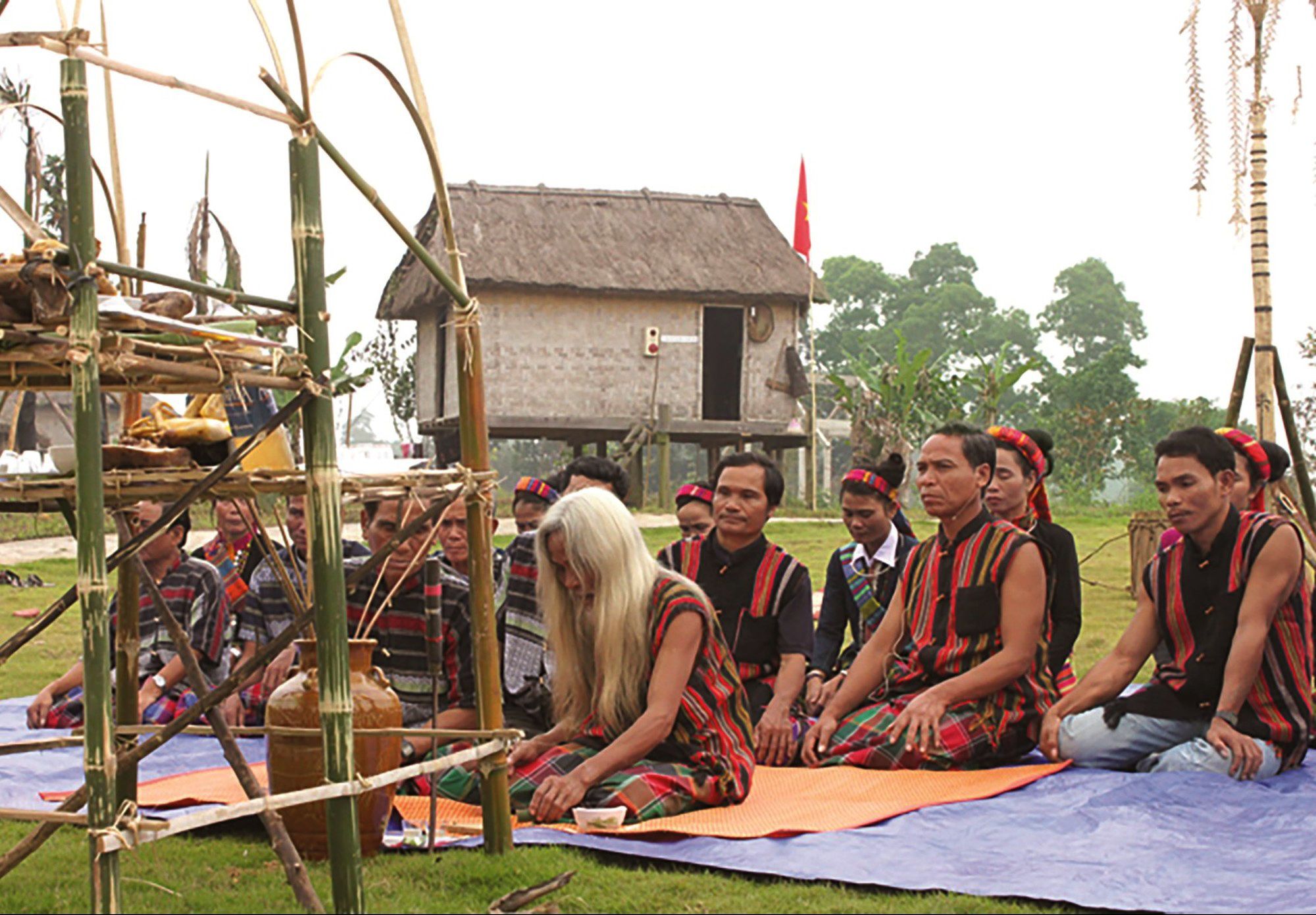
Bru-Van Kieu people still preserve many unique festivals. (Source: Ethnicity and Development Newspaper)
Bru-Van Kieu people still preserve many unique festivals. (Source: Ethnicity and Development Newspaper)
Costumes: According to custom, Bru-Van Kieu men often wear loincloths, with extra headscarves; while women wear sleeveless tops with round or square shaped neck, and the skirt is a whole piece of cloth wrapped around the body, tied with a cloth string.
Bru-Van Kieu men and women all have their hair in a bun.
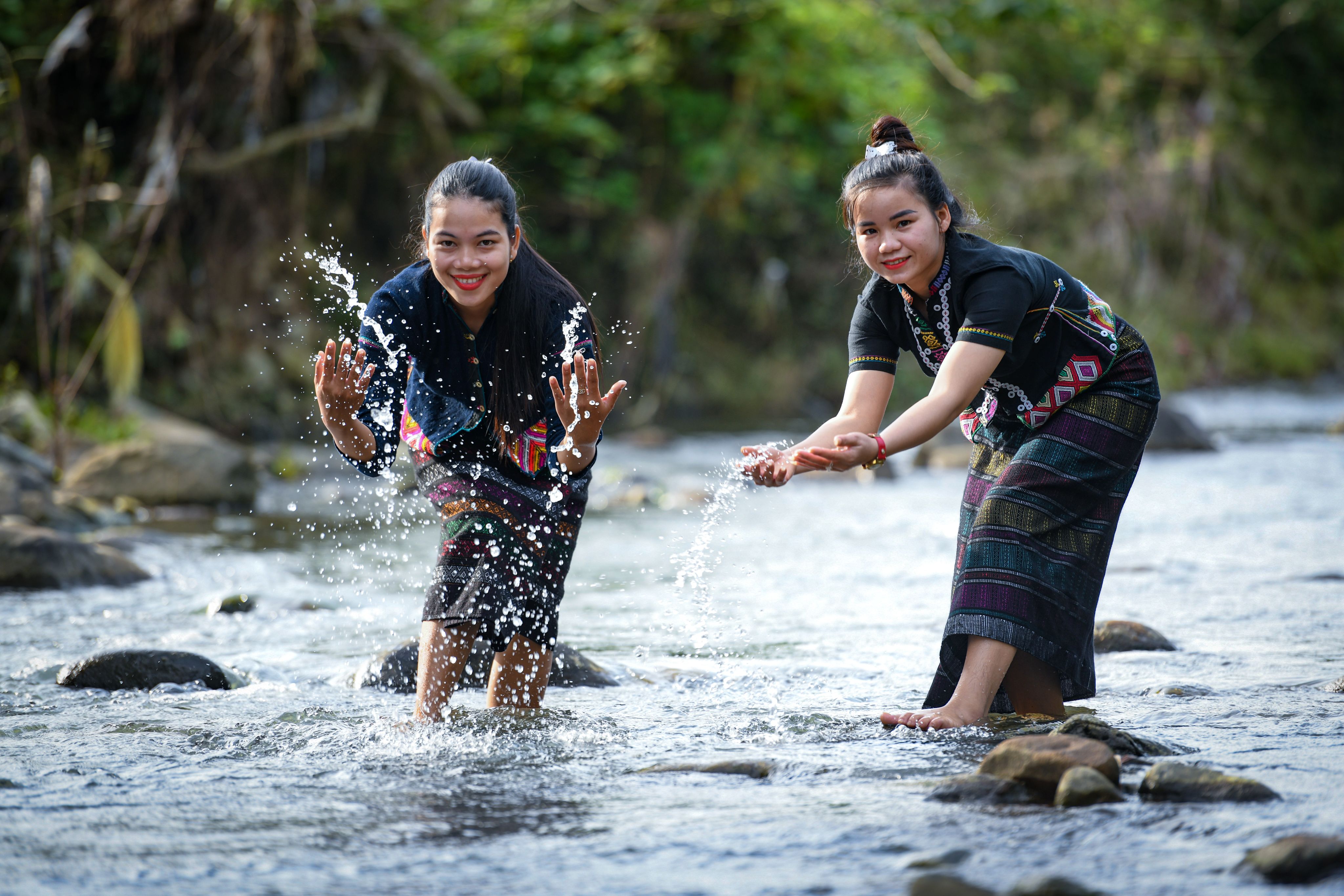
Bru-Van Kieu girls. (Photo: Thanh Dat)
Bru-Van Kieu girls. (Photo: Thanh Dat)
Religion and belief: Traditionally, the Bru-Van Kieu people attach great importance to ancestor worship, in addition, they also worship gods such as the god of rice, god of kitchen, god of mountains, god of land, god of rivers and water. The Van Kieu people are aware of the worldview that all things are animate. Therefore, the gods of rice and rivers are arranged to be worshipped in the house and in the forest for the purpose of praying for favourable weather and good crops. Especially, the god of rice is raised to the highest level, worshiped with many important rituals.
Cuisine: Bru-Van Kieu people like grilled dishes. They eat ordinary rice every day. On the occasion of festivals, the people eat sticky rice cooked in fresh bamboo tubes. Van Kieu people are used to eating and drinking cold water and can wine. Both men and women like to smoke with pipes made from terracotta or le trees.
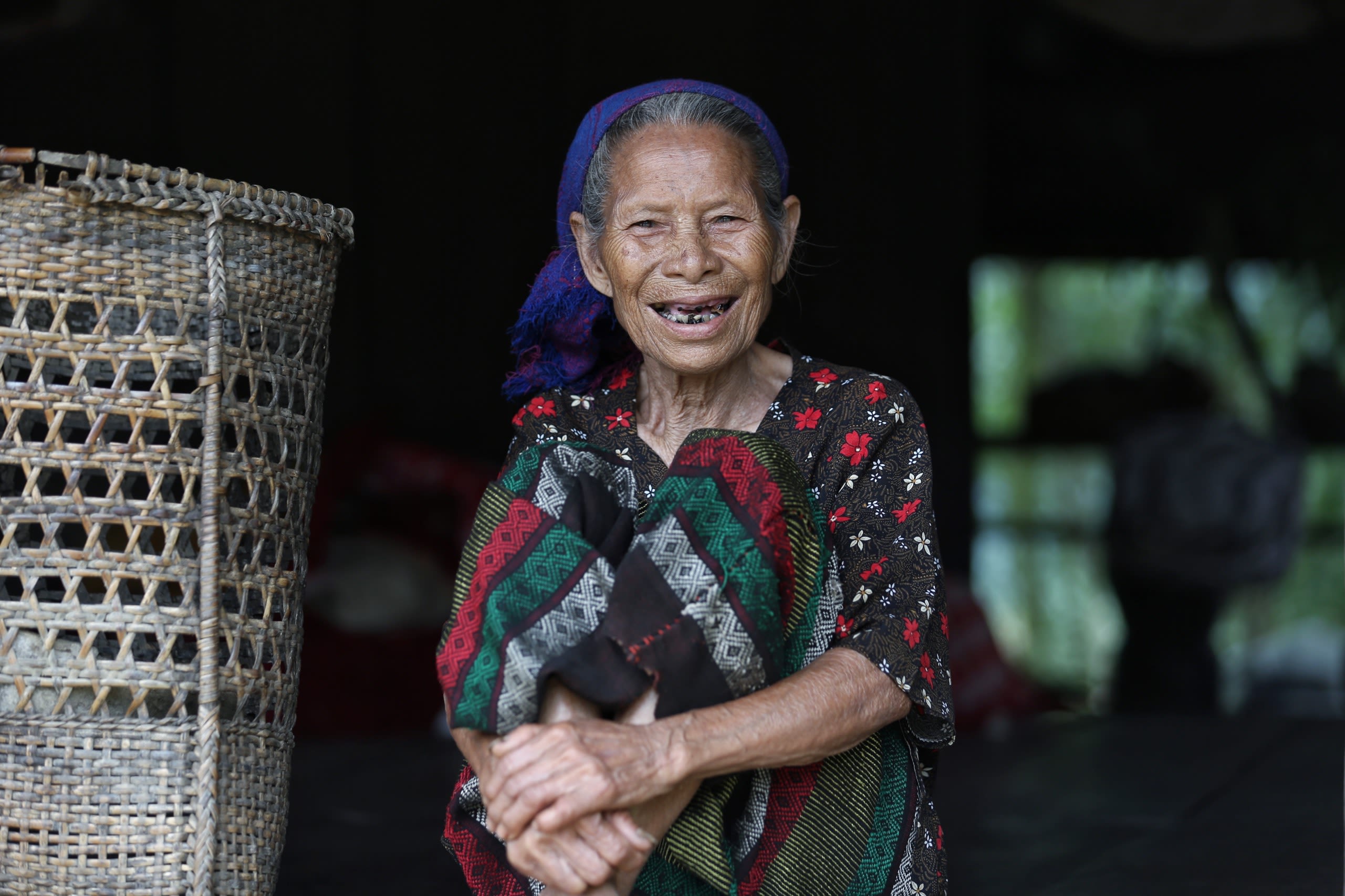
Photo: Thanh Dat
Photo: Thanh Dat
Musical instruments: The popular musical instruments of the Bru-Van Kieu people are: gongs, Achung, Plu, Talu, Amam and Ta-ral.
Education: Previously, school education did not exist in the Bru - Van Kieu area. But with the investment of the State and non-governmental organisations, the educational status of the Van Kieu people has seen positive changes.
According to the census on the 53 ethnic minorities as announced on April 1, 2019; the rate of people aged 15 years and older who can read and write at high school is 66.7%, the rate of people who attend primary school is 101.9%, the rate people attending lower secondary school is 86.9%, the rate of people attending high school is 33.2%, the rate of out-of-school children is 19.3%.
Marriage: In Bru-Van Kieu ethnic group, after marriage, the bride returns to her husband's house. After the wedding ceremony, the couple also have to do a second “wedding ceremony”' called the Khoi ceremony, so that the wife is officially considered a member of the husband's family.
Festivals: The Bru-Van Kieu people have many different worshiping ceremonies in the process of upland rice cultivation to pray for the harvest, associated with distribution, pruning and harvesting. In particular, the ceremony before the rice harvest takes place as a festival of the villagers. In a person's life, each person also has a series of rituals about himself such as: birth, sickness, death, marriage, etc.
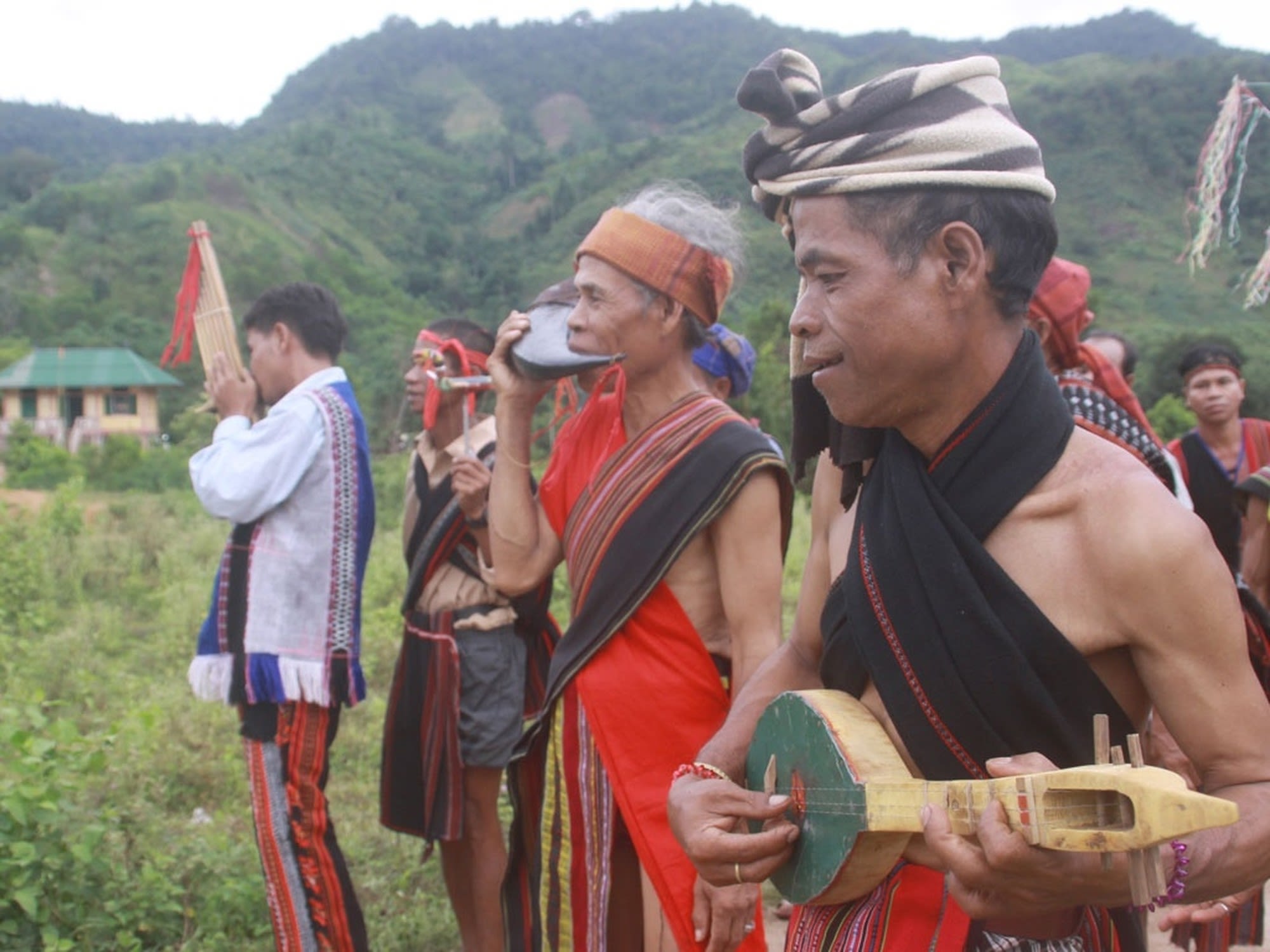
Some musical instruments of the Bru-Van Kieu people. (Photo: Ethnicity and Development Newspaper)
Some musical instruments of the Bru-Van Kieu people. (Photo: Ethnicity and Development Newspaper)
5. Economic conditions
For generations, the Bru-Van Kieu people have lived mainly by rice cultivation. They use rudimentary agricultural tools such as axes, knives, chisels, etc. with simple production methods: clearing and burning forests, then poking holes to sow seeds, weeding, and threshing rice by hand. In addition to the agricultural economy, Bru-Van Kieu people also raise buffaloes, cows, pigs, chickens, etc. They do not develop handicrafts and mainly exchange goods with Vietnamese and Lao people.
According to the census on the 53 ethnic minorities as announced on April 1, 2019, in Bru-Van Kieu group, unemployment rate: 2.82%; Rate of trained workers with degrees and certificates: 4.5%; Proportion of labourers working in the non-agricultural sector: 8.4%; Proportion of labourers working in management or technical qualification at high and middle levels: 0.12%; Rate of poor households: 56%; Proportion of near-poor households: 12.4%; Percentage of households using hygienic water sources: 48.5%; Percentage of households using grid electricity for lighting: 93.8%.